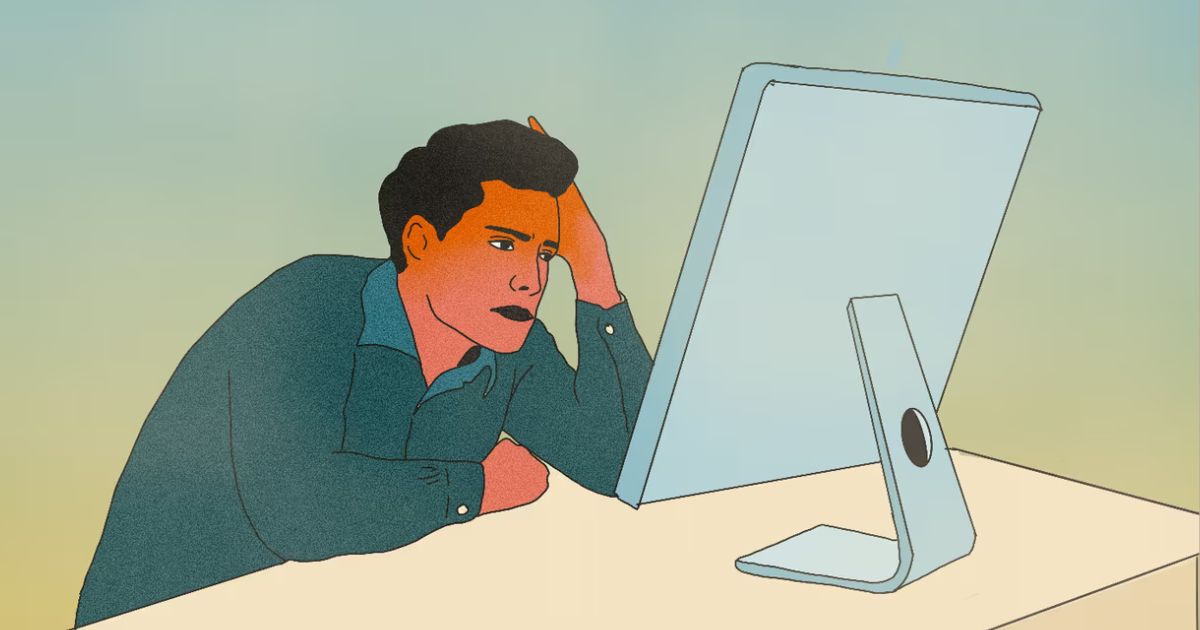In today’s fast-paced world, the cycle of busy periods, burnout, and recovery has become all too familiar. But is this burnout cycle inevitable, or can individuals develop immunity to burnout? Elle Hunt explores this question in a recent article.
Hunt begins by sharing her own journey with burnout, starting at the age of 18 when she was juggling multiple responsibilities. Despite her initial resilience, burnout eventually caught up with her, leading to a breakdown at work.
Reflecting on her experiences over the years, she highlights the grim predictability of the burnout cycle and wonders if there’s a way to break free from it for good.
To delve deeper into this topic, Hunt interviews Kandi Wiens, a senior fellow at the University of Pennsylvania’s medical education master’s program and author of “Burnout Immunity.” Wiens, who left a lucrative consulting career to study solutions to burnout, shares insights from her own journey and research.
She emphasizes the importance of understanding one’s definition of success and challenging societal norms that perpetuate overwork.
Research To Uncover The Burnout Cycle
Wiens’ research has uncovered the concept of “burnout immunity,” suggesting that not everyone is equally susceptible to burnout. Factors such as values, past experiences, personality traits, and temperaments play a role in determining how individuals fare under stress.
Through surveys and interviews with professionals in high-stress fields, Wiens found that some individuals exhibit resilience to burnout despite facing similar workloads as those who struggle with it.
The article concludes by highlighting the significance of recognizing burnout as an occupational phenomenon and the importance of implementing strategies to prevent it. By understanding the root causes of burnout and fostering a culture of self-care and resilience, individuals can work towards breaking the cycle of burnout and leading healthier, more sustainable lives.
Overall, Elle Hunt’s article offers valuable insights into the complexities of burnout and the potential for developing immunity to its effects, providing hope for those caught in the cycle of overwork and overwhelm.








Leave a Reply
You must be logged in to post a comment.